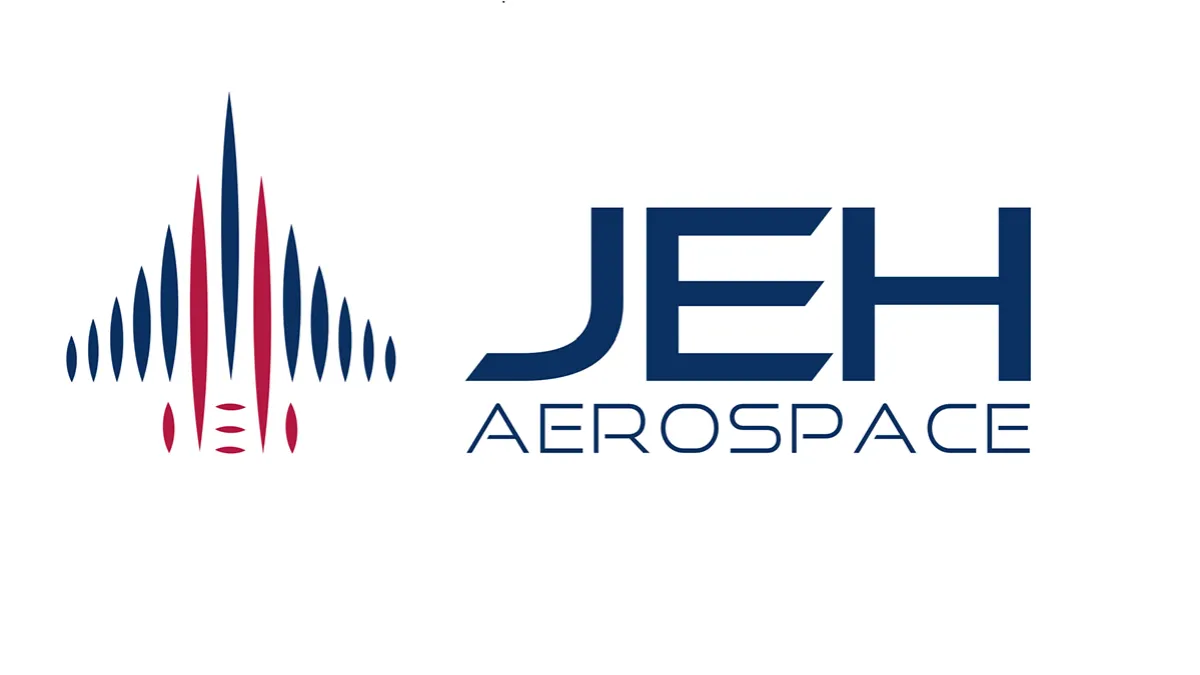Jeh Aerospace partners with GridRaster to transform aerospace manufacturing by integrating Spatial AI
09 Aug 2024
News
In order to revolutionise the aircraft manufacturing industry, Jeh aircraft, a US-based company, has teamed up with GridRaster to include AR, VR, and Spatial AI technology. The alliance will provide state-of-the-art XR capabilities to work-assistant, inspection, and training use cases in the aerospace manufacturing industry, according to a statement from the business. For the benefit of the commercial and defence aerospace sectors, Jeh Aerospace offers complete aerospace manufacturing solutions. The company specialises in the precise production of aerostructure and aero-engine components, tools, and assemblies.
High-precision spatial AI and XR technologies from GridRaster enable businesses to create and manage scalable, excellent immersive applications that support robotics, digital twins, and automation. The platform provides smooth and captivating AR/VR experiences for a range of sectors, including aerospace and military, by utilising innovations in cloud computing, artificial intelligence, and spatial mapping.
Jeh Aerospace will benefit from State-of-the-Art Spatial AI and Dynamic XR platform from GridRaster in a number of ways.
According to the corporation, the alliance will result in notable enhancements to productivity, safety, and efficiency throughout all of its production operations.
Through immersive technologies and vision-based Spatial AI, the alliance hopes to empower the aerospace manufacturing industry with better work-assistant apps, stronger training programs, and better inspection and maintenance.
Jeh Aerospace will be able to provide its employees virtual training experiences thanks to AR and VR technology. Realistic simulations that replicate difficult jobs and circumstances will help employees improve their skills more effectively and spend less on training.
Inspection and maintenance processes will be more precise and efficient thanks to the combination of AR/VR and spatial AI. By superimposing digital data over physical components, technicians will be able to ensure accurate diagnostics, quality control, and a lower chance of mistakes.
Furthermore, technicians on the shop floor will receive real-time advice and assistance via AR/VR-powered work assistant tools, which will improve productivity by optimising processes and reducing downtime.
